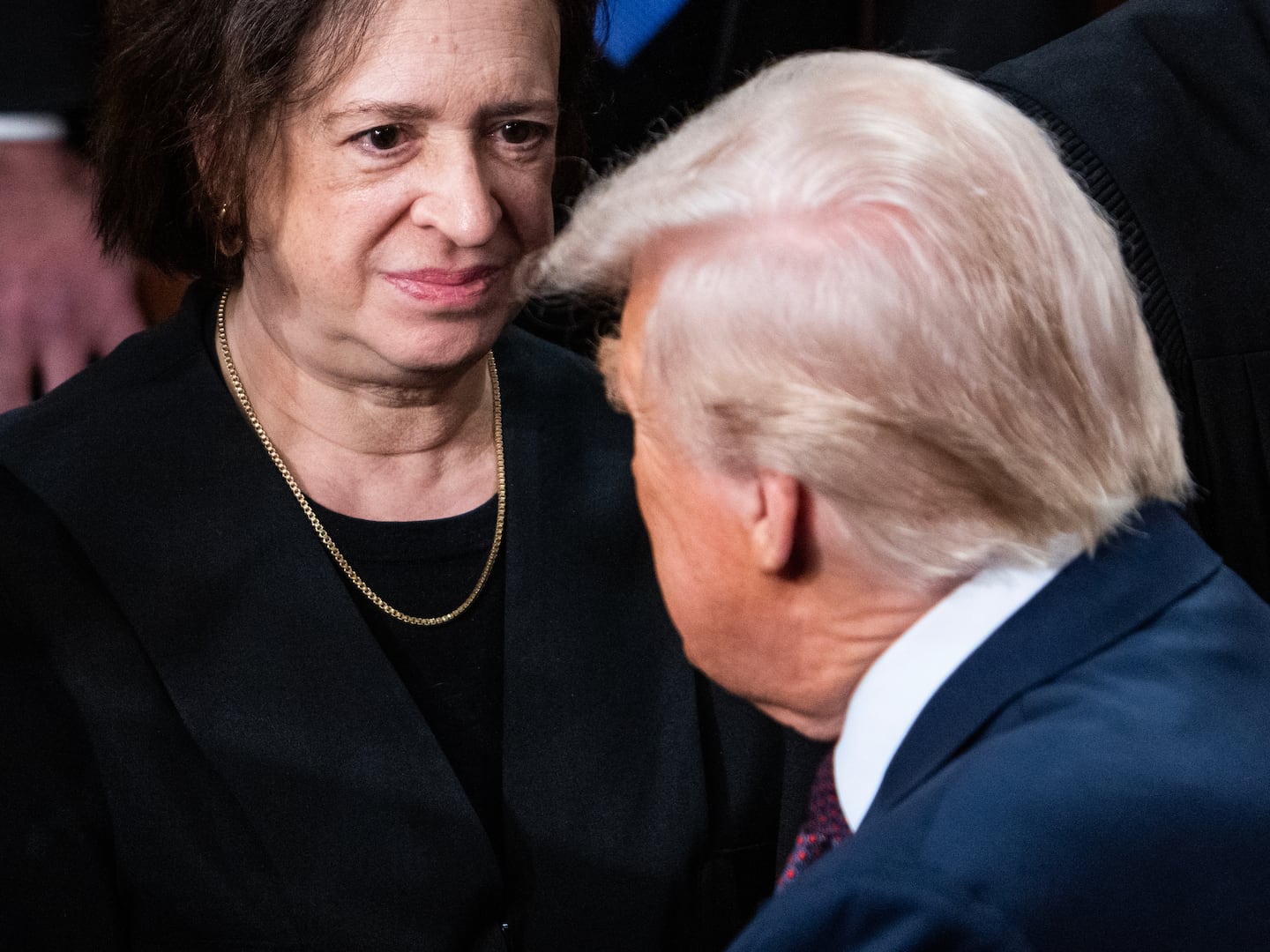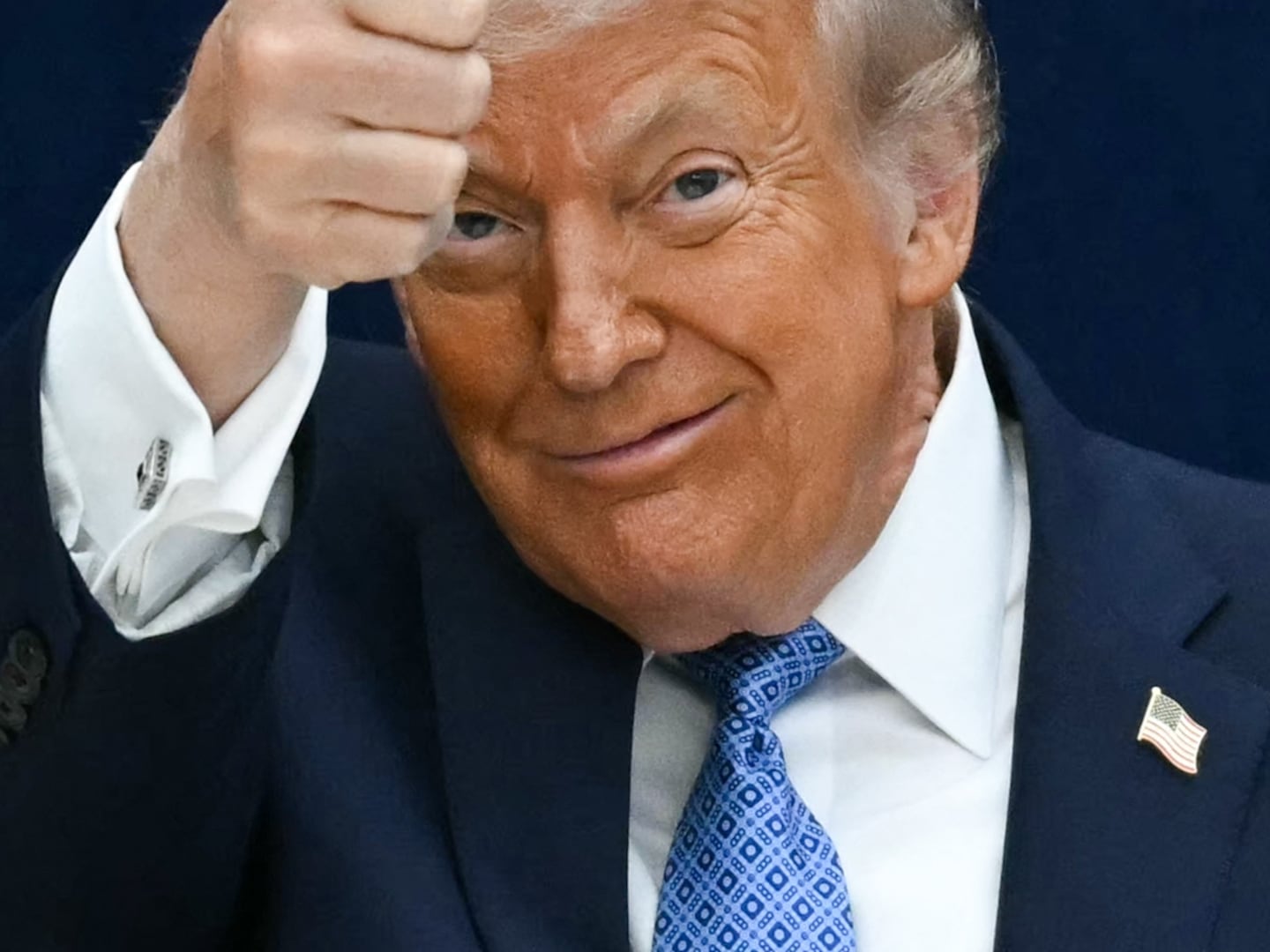A conclave, the event in which cardinals of the Catholic Church elect a pope, is the world’s oldest democratic institution. Centuries ago, when kings and emperors were determined by dynastic succession, the Church was using that quintessential democratic instrument: the secret ballot.

To be sure, however, it can’t help but seem a strange version of democracy in the 21st century. For one thing, a conclave entrusts the choice of leadership for an institution with 1.2 billion members to just over 100 electors. For another, cardinals are all male, they come mostly from Europe and North America, and their average age is just over 72. Yet today, the majority of Catholics are women, two-thirds live in the developing world, and the Church’s greatest growth is in areas where membership is strikingly young.
The incumbent pope names all the cardinals, so the deck is stacked in favor of continuity. Papal transitions thus are usually about shifts in tone, not substance; the singer changes, rarely the song. There’s no charged ideological debate, and issues matter less than personalities. No matter what happens when 117 cardinals gather in Rome in mid-March to elect a successor to Pope Benedict XVI, the Catholic Church almost certainly won’t overturn its bans on abortion and gay marriage, or suddenly ordain women to the priesthood.
That said, a papal transition is still an unsettling moment for the world’s largest and best-organized church, and more may be up for grabs this time than normal. For one thing, Benedict XVI’s stunning decision to resign offered a reminder that even a hidebound institution is capable of surprises. For another, the last time the cardinals gathered to elect a pope, it was amid the euphoria of tributes to the late John Paul II. Today the mood is a bit more introspective, which may dispose the cardinals to think bigger than simply ratifying the status quo.
Realistically, what sort of change might this election produce? Based on what the Princes of the Church have been saying, on and off the record, the following four areas seem particularly positioned to shape their debates and to drive votes.
1) The Global Realities of Catholicism
Though Benedict XVI traveled widely and tried to promote the growth of Catholicism outside the West, he was nevertheless in many ways a deeply Eurocentric figure, perhaps nowhere more so than in his conviction that radical secularism represents the gravest contemporary challenge to the faith.
But for Catholics in other parts of the world, it sometimes seemed a peculiar fixation. Catholics in Nigeria facing the rise of the militant Boko Haram movement, for example, or Catholics in India struggling with Hindu radicalism, often had a hard time getting worked up over the abstract threat of secular thought. And in Latin America, watching Evangelicals and Pentecostals eat into traditional Catholic strongholds, many Catholics would be equally reluctant to flag the struggle against secularism as job number one.
Catholics outside the West are also keenly aware of what the Pew Forum on Religion and Public Life in Washington. D.C. recently described as a “rising tide of restrictions on religion” around the world, which often claims Christians as its primary victims. A secular NGO has estimated that 80 percent of all acts of religious discrimination in the world are directed against Christians, while the Center for the Study of Global Christianity at Gordon-Conwell Theological Seminary in Massachusetts claims that 100,000 Christians have been killed for the faith every year for the past decade.
For Catholics on the front lines of these battles, the fate of believers who are being arrested, tossed into labor camps, beaten and killed seems at least as worthy of papal attention as debates over the fine points of doctrine and worship.
Some two-thirds of the 1.2 billion Roman Catholics in the world today live in the southern hemisphere, a share destined to rise to three-quarters by mid-century. That doesn’t mean the next pope has to be a non-European, but there’s a growing sense that he must be able to act as a tribune for this burgeoning, and sometimes beleaguered, Catholic cohort outside the West.
For sure, Catholicism is not going to abandon its concern with secularism or change its positions on the culture wars. But if the cardinals indeed pick a pope more attuned to the agenda of the Church in the developing world, it could signal a strikingly different set of perceived priorities in Rome.
2) A Missionary Church
John Paul II began to talk about the need for a “New Evangelization” in Catholicism, meaning an effort to relight the missionary fires of the faith, and Benedict XVI clearly established it as the Church’s higher internal priority. In the first place, “New Evangelization” means outreach to Catholics in the West who were baptized into the Church but who for various reasons no longer practice the faith, either because they’re alienated from it or simply out of sloth and indifference. It’s hard to fault the reasoning for making this effort a priority. Another recent study by the Pew Forum found that in the United States there’s now a mammoth pool of 22 million ex-Catholics, enough to constitute the country’s second-largest religious denomination, if they thought of themselves that way.
Among many cardinals, the consensus is that Benedict XVI helped to lay the intellectual foundations for the New Evangelization by calling the Church to a strong sense of its traditional identity; by presenting three teaching documents on the cornerstone virtues of faith, hope, and charity; by his brilliant expositions of classic doctrines; and by his penchant for phrasing those doctrines in a positive key, emphasizing what the Church supports rather than what it opposes.
At the same time, some cardinals believe that if the New Evangelization is to succeed, what it needs now isn’t so much a theoretician but a salesman. They may be inclined to seek a “missionary-in-chief,” someone who can take the message from the seminar room into the street. That doesn’t necessarily mean looking to recreate the swashbuckling style of John Paul, but at least it suggests a preference for a pope with extensive experience working in parishes and dioceses, able to gauge what works at the grassroots. It may mean, in other words, a pope who’s slightly less cerebral– a pastor, not a professor.
3) Administration
Overall, the analysis among at least some members of the College of Cardinals is that Benedict XVI was a magnificent teaching pope, but a mixed bag as a governor.
On the sex abuse front, most cardinals firmly believe that in the long run of history Benedict XVI will be recalled as a reformer. He was the first pope to meet with victims, holding six such encounters. He was the first pope to apologize directly for the scandals in his own name, and the first pope to clearly install “zero tolerance” as Catholicism’s official line. On his watch, most of the deniers in leadership positions—those who angrily insisted that the pedophilia scandals were invented by exaggerated by enemies of the Church—were driven underground.
Benedict’s defenders mount a similar case regarding alleged financial shenanigans in the Vatican, arguing that he was the first pope ever to open the Vatican to outside secular inspection of its anti-money laundering protocols, and the first pope to create a transparency watchdog unit inside the Vatican itself. Yet at the same time, many cardinals also privately concede that the Vatican’s handling of crises as they erupted on both fronts was not always as swift, and as convincing, as it might have been.
The sex abuse mess and financial embarrassments are not the only black eyes the Church sustained during the Benedict years. Among the others was the firestorm that ensued after a speech in 2006 in which the pope quoted a Byzantine emperor linking Muhammad with violence; lifting the excommunications of four traditionalist bishops in 2009, including a Holocaust denier; and the Vatican leaks debacle, which fueled widespread impressions of corruption, infighting, and palace intrigue.
During the Benedict years, the tendency inside the Church often was to absolve the pope from responsibility for these failures by suggesting that he was ill-served by key aides. Even so, the cumulative effect has been to feed a sense among some cardinals that the next pope should take the reins of governance more directly in his own hands. The bottom line is that many cardinals may want a pope who’s as much a business manager and CEO as a cultural critic.
4) Perspective
Benedict is the best example of the Vatican’s legendary penchant for thinking in centuries. That inclination may well be a minor note in his decision to resign. Benedict’s perspective undoubtedly helped him weather the various storms he faced, providing a foundation for the serenity that all agree is a defining trait of the man.
At the same time, some cardinals privately confessed concern that this long view also insulated Benedict from the fallout of crisis. When a wave of sexual abuse scandals erupted in Ireland in 2009 and spread across Europe in early 2010, one senior cardinal, speaking on background, told a reporter, “It’s all well and good to ponder what the world will think in two or three centuries, but I have to live in the world of today.”
In that light, some cardinals may go shopping for a pope with a different sense of perspective. They won’t want a leader who’s captive to today’s headlines or given to faddish lurches from one position to the next, but perhaps they may be open to someone with a slightly greater sense of what impact his decisions will have in the here-and-now, as opposed to the tribunal of history. To put the point differently, they may want a little less serenity and bit greater sense of urgency.
What Comes Next…
The trash heaps of history are littered with the carcasses of so-called experts who have tried to predict the next pope, making predictions a notoriously hazardous enterprise. Moreover, traditional Catholic belief about a conclave holds that it occurs under the inspiration of the Holy Spirit, and as the saying goes, “The Spirit blows where it will.” What might actually happen in Rome in mid-March is anyone’s guess.
At a bare minimum, however, Benedict XVI has set the stage for an election in which the cardinals have some room to maneuver. By separating the end of his papacy from the end of his life, Benedict has ensured that the run-up to the ballot will not be dominated by the sort of elegiac commentary that always follows the death of a major world leader, and that loomed so large in April 2005 when the cardinals had to pick their way through throngs of emotional mourners in Rome.
In effect, Benedict XVI has created a situation in which the cardinals can move in a somewhat different direction, if they’re so inclined, without seeming to speak ill of the dead. All by itself, that makes this papal election, and the choices for Catholicism it crystallizes, both harder to handicap—and more fascinating to watch.
John L. Allen Jr. is senior correspondent for the National Catholic Reporter and author of The Catholic Church: What Everyone Needs to Know (Oxford University Press).






